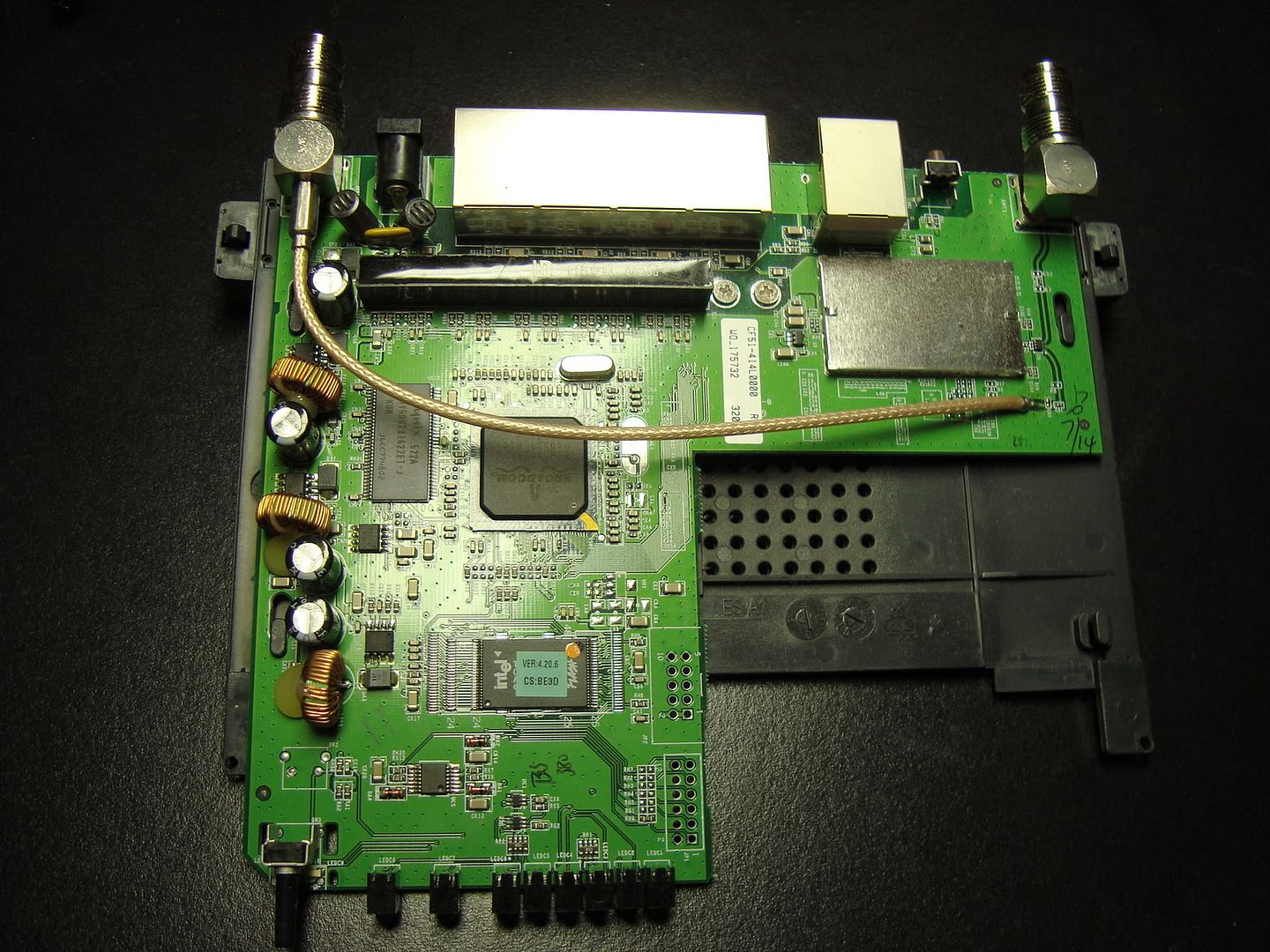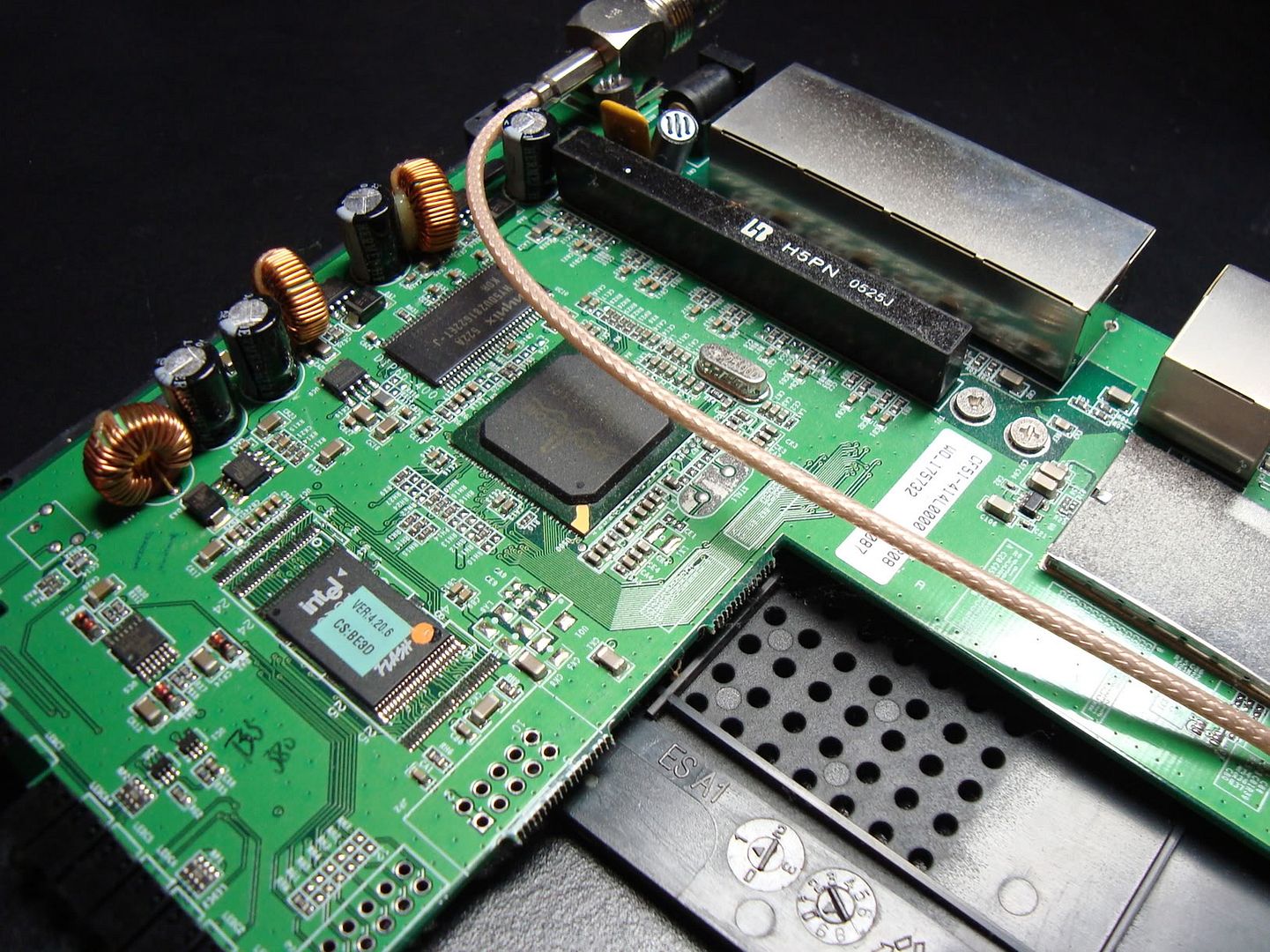I've been having some bad intermittent connection drops lately. At their worst it can drop for about a minute every few minutes for about an hour. It's been going on for the past three days, but had also occurred a few months ago for about two straight days. Between that period and this one, everything was pretty much fine. The Verizon tech support swears that there's nothing wrong on their end, and suggests it may be my router. I can't really go taking my router out of the network for a while, as other people need what unreliable wireless signal there remains for at least a couple days.
What I wonder is, if the router is dying, would it still be disrupting my wired connection as well? If it had been the router in the previous incident, why would the problems have gone away on their own for such a long time? If all else fails, what's a good cheapo router to replace it with? It's an old, previously and hopefully still-reliable Linksys WRT54G.
What I wonder is, if the router is dying, would it still be disrupting my wired connection as well? If it had been the router in the previous incident, why would the problems have gone away on their own for such a long time? If all else fails, what's a good cheapo router to replace it with? It's an old, previously and hopefully still-reliable Linksys WRT54G.


